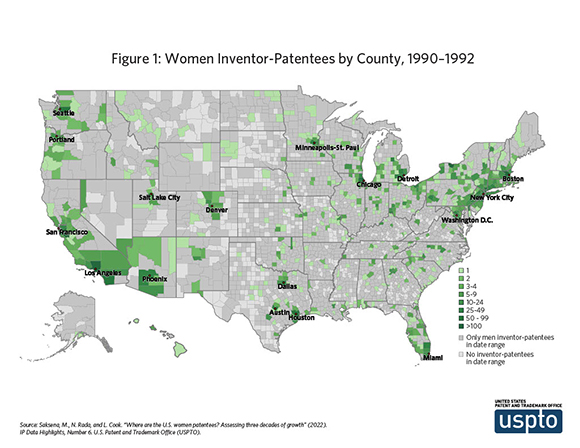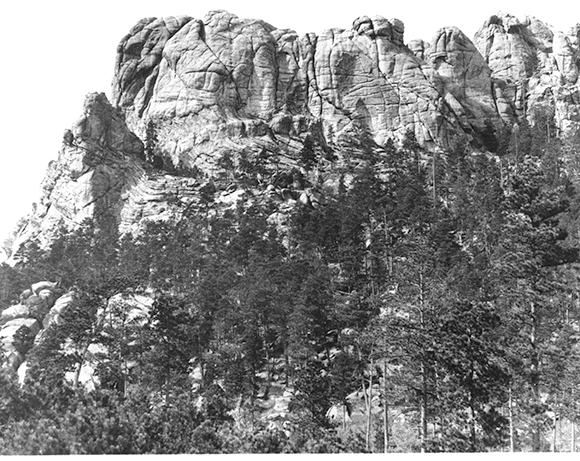|



|
FROM SITE SELECTION
MAGAZINE, SEPTEMBER 2022 ISSUE
|

|
BIOTECH LOCATIONS
Leading hubs keep rolling.
|
|
 
|
North Carolina
GE Hitachi Nuclear Energy (GEH) President & CEO Jay Wileman earlier this
month announced plans to grow the GEH workforce by approximately 500
jobs over five years to support the commercial deployment of the
BWRX-300 small modular reactor. “We are proud to have hired more than
250 people this year to be part of the team that is advancing the
deployment of our carbon-free energy generation technologies,” Wileman
said. Among GEH’s project partners planning to deploy the BWRX-300 are
Ontario Power Generation at its Darlington New Nuclear Project; TVA at
its Clinch River Site near Oak Ridge, Tennessee; SaskPower in
Saskatchewan; and Synthos Green Energy in Poland (where it hopes to
deploy at least 10 of them). GEH also has agreements in place with
companies in the U.K., Sweden, Czech Republic and Estonia. Concurrent
with this announcement, Global Nuclear Fuel–Americas (GNF-A), a GE-led
joint venture, and TerraPower announced an agreement to build a $200
million Natrium Fuel Facility at the site of GNF-A’s existing plant site
near Wilmington. The facility will be jointly funded by TerraPower and
the U.S. Department of Energy (DOE) through the Advanced Reactor
Demonstration Program. In 2021, TerraPower announced its intention to
build the first Natrium reactor at a retiring coal facility in Kemmerer,
Wyoming.
Delaware
Delaware-based global water technologies leader Solenis has chosen its
hometown of Wilmington for a $40 million R&D expansion, moving to the
100,000-sq.-ft. Building 713 at Chestnut Run Innovation and Science Park
(CRISP), a former DuPont campus that MRA Group is developing into a hub
for a range of life sciences and advanced chemical companies. The
company says the new site will allow for the addition of “up to 46 new
highly skilled Delaware jobs — including lab technicians, scientists and
R&D supervisors — within the next three years.” Originally spun off from
Ashland and headquartered at Wilmington’s Avenue North since 2020,
Solenis has 48 manufacturing facilities and more than 6,400 employees
around the world, including more than 300 in Delaware. Solenis officials
presented an application to Delaware’s Council on Development Finance
(CDF) for a Jobs Performance Grant of $552,000 and a Delaware Lab Space
Grant of $3.5 million from the Delaware Strategic Fund. “Solenis has
deep roots in Delaware, so we are pleased to announce our continued
commitment to growing in the state at CRISP,” said John Panichella, CEO,
Solenis. “This investment of moving our Wilmington research center to a
contemporary new location, in combination with our recently opened
headquarters at Avenue North, allows us to continue to attract, retain
and recruit the highest caliber of employees.”
|
|
|
2022 ILLINOIS
INVESTMENT GUIDE
|

|
PHOTO GALLERY
Views from around the state take us from the Great River Road to Rock
Island, Rockford and Wrigley Field.
|
|
|
SITE SELECTION
RECOMMENDS
|

|
A recently released report from the United States Patent and
Trademark Office (USPTO) analyzes women’s patenting by county between 1990
and 2019. Over those 30 years, women inventors
patented in 411 new counties, an increase of 32% in the
number of counties where women patent. “We plan to use this
study and other data as we focus on bringing more women into
the innovation and patenting ecosystem,” said USPTO Under
Secretary of Commerce for Intellectual Property and Director
Kathi Vidal. “We must increase the number of women inventors
on patents from the 12-13% it is at today to full
representation. This is critical for job growth and economic
prosperity.”
Across technology hubs, more women were named on physics
patents than in any other field. The technology hub with the
largest growth rate in women inventor-patentees was in
electricity in Santa Clara County, California, rising over
7,000% during the 30 years studied. In 1990, only 46 women
inventors were listed on electricity; by 2019, they numbered
nearly 3,300. The report was unveiled at the Society of
Women Engineers WE22 event in Harris County (Houston),
Texas, “a top women-patenting county that experienced a
2,045% growth in women patentees in the field of fixed
constructions (buildings, structures, earth drilling, and
related materials) during the 30-year period studied,” said
the USPTO, making it the top county for women patentees in
that field. Middlesex, Massachusetts, was tops in women
patentees in both chemistry/metallurgy and human
necessities, while the Detroit suburbs of Oakland and
Berrien, Michigan, led in performing operations/transporting
and textiles/paper, respectively.
|
|
|

|
Photos courtesy of the U.S. National Park
Service
|
|
Today was the day final drilling took place to complete the Mount
Rushmore National Memorial in the Black Hills of South Dakota in 1941.
The U.S. National Park Service’s deep archives include these images of
the just-completed sculpture and the mountain before any carving took
place. Sculptor Gutzon Borglum picked the mountain and location “because
the grain of the rock was suitable for carving and the mountain faced
southeast which meant it would be in the sun for much of the day,” says
the National Park Service.
The final drilling took place under the direction of photographer,
engineer and sculptor Lincoln Borglum (named for his father’s favorite
president) after his father Gutzon died in Chicago in March 1941 from a
heart attack his doctor said was brought on in part by overwork.
“Lincoln proved especially valuable to the project as he had inherited
many of his father’s artistic talents and none of his artist’s
temperament,” explains a story from the PBS series “American
Experience.” “Although from back East, and of a much wealthier class
than the South Dakota crew, he was considered one of the guys. On game
days, he would park his car near the hoist house so that the hoist
operator could listen to baseball scores and telephone the developments
to the men on the mountain.”
|

| | |

